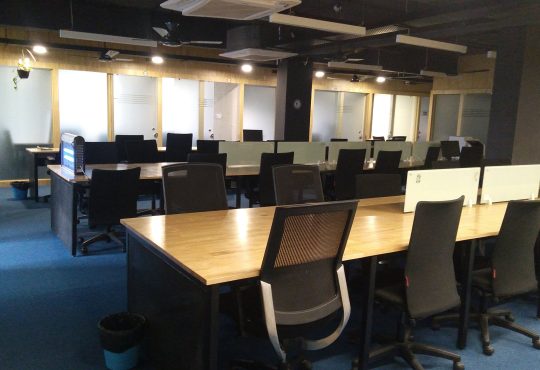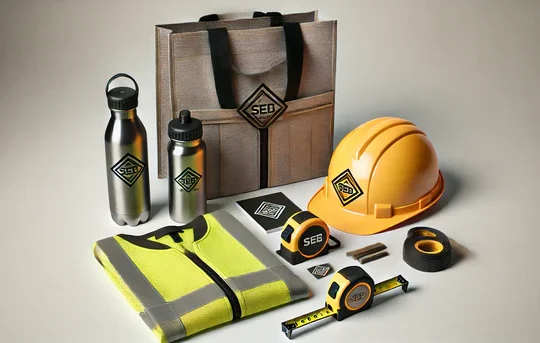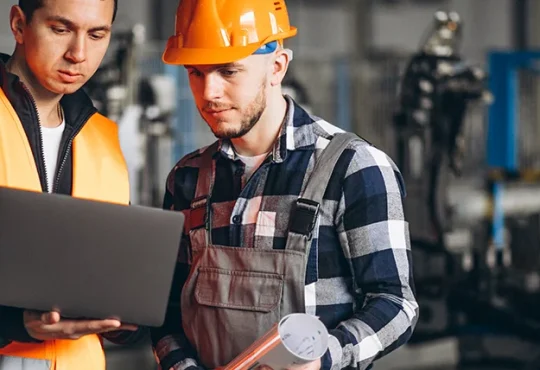
Sustainability has become a popular term in recent times. However, the coffee industry faces economic, cultural, and social wellness issues. Biodiversity loss and exploited farmers are only a few of the issues at hand.
Better crop management and water use practices; using pheromone boxes to ward off insects instead of pesticides; composting coffee bean waste as fertiliser; using coffee hulls as fuel instead of cutting down eucalyptus trees; shade-growing; and reforestation can all help to make sustainable coffee production.
Importance of Sustainability For Coffee Growers
Many coffee-producing countries are underdeveloped and lack sufficient social infrastructure. In consequence, farmers and their families are extremely exposed to the highly unpredictable coffee market. The industry’s economic sustainability is inextricably connected to the enduring construction of communities worldwide.
Coffee price volatility directly influences access to education, home, clothing, medicine, and other basic requirements. In addition, many coffee growers’ geographical isolation might result in unreasonably expensive expenses for basic things like purchasing tools or transporting a harvest. When coffee prices fall, these items may become unavailable.
Coffee Labels Definition and Indications
Over the last few decades, third-party certification labels have arisen, advocating different improvements linked to the environment and social justice, such as agricultural methods, preservation, conserving local communities, and protecting farmers’ rights.
- Certified by the Rainforest Alliance – The Rainforest Alliance has been working with coffee producers since 1995 to develop one of the most comprehensive labels. It audits farms based on various criteria, including diversity, water and soil health protection, waste disposal, and carbon sequestration.
This accreditation also encourages better living and working circumstances for employees, gender equality, and access to education for children from rural communities. The certification is intended to assist farmers in improving their lives and the land, allowing them to construct a more stable financial future.
- Shade-Grown – Modern coffee plantations resemble woods, with a mix of coffee bushes and trees. These, however, do not offer the canopy cover that migrating birds and other local creatures require. When a sustainable coffee is branded “shade-grown,” it implies that the farm has returned to traditional coffee production practices. These farms include a variety of native trees that form a natural canopy over which the coffee bushes are grown. Shade-grown coffee promotes biodiversity, prevents soil erosion, and functions as a carbon sink.
Social And Environmental Concerns
Coffee production and trading significantly contribute to environmental and social concerns, especially when compared to most other economic activities.
On the environmental aspect, coffee is an evergreen plant that contributes significantly to carbon sequestration and excellent soil stabilisation. It also allows for the preservation of a large portion of the original biodiversity in planted regions.
Water pollution caused by wet processing is a major issue in some areas. Therefore, the Organisation works with coffee growers in producing nations to implement ecologically friendly washing methods through pilot projects in Africa and Latin America to address this issue.
Effects Of Climate Change In Coffee Production
As temperatures and rainfall patterns change due to climate change, regions that were formerly good for growing coffee that require a certain environment will no longer be appropriate. This is already causing issues in coffee-growing countries such as Mexico, where some growers are shifting to other crops less subject to climate change.
For more informative articles keep visiting Article Ritz.




